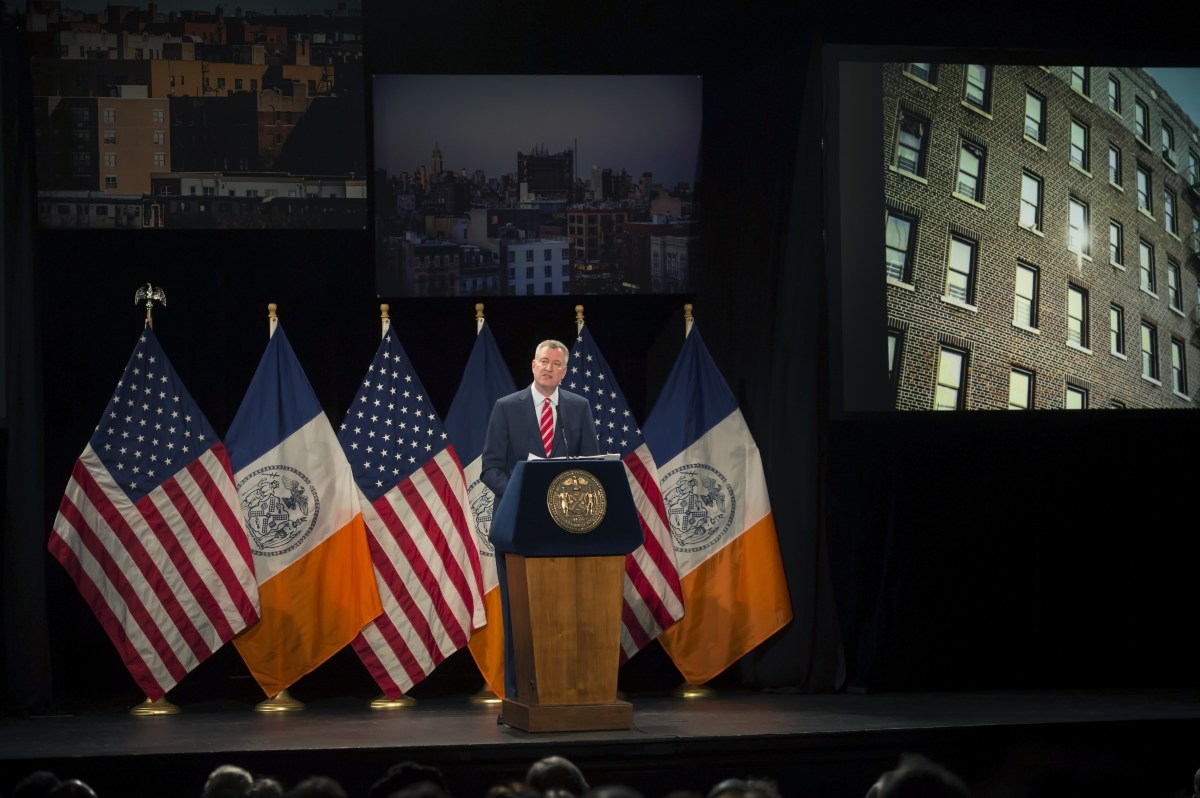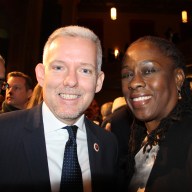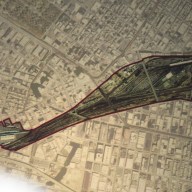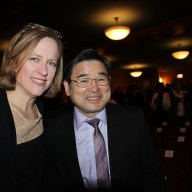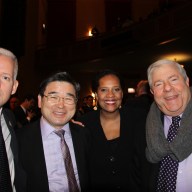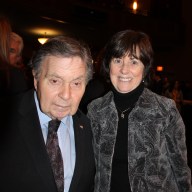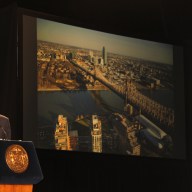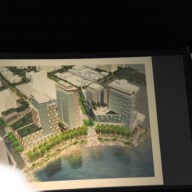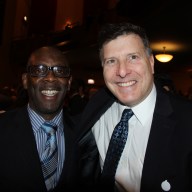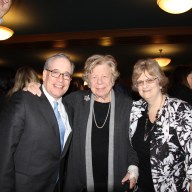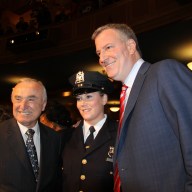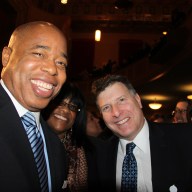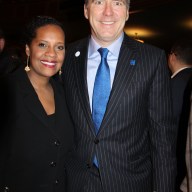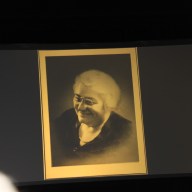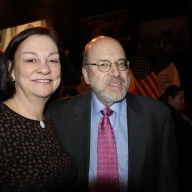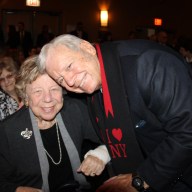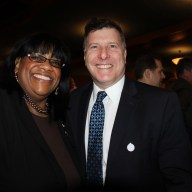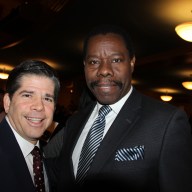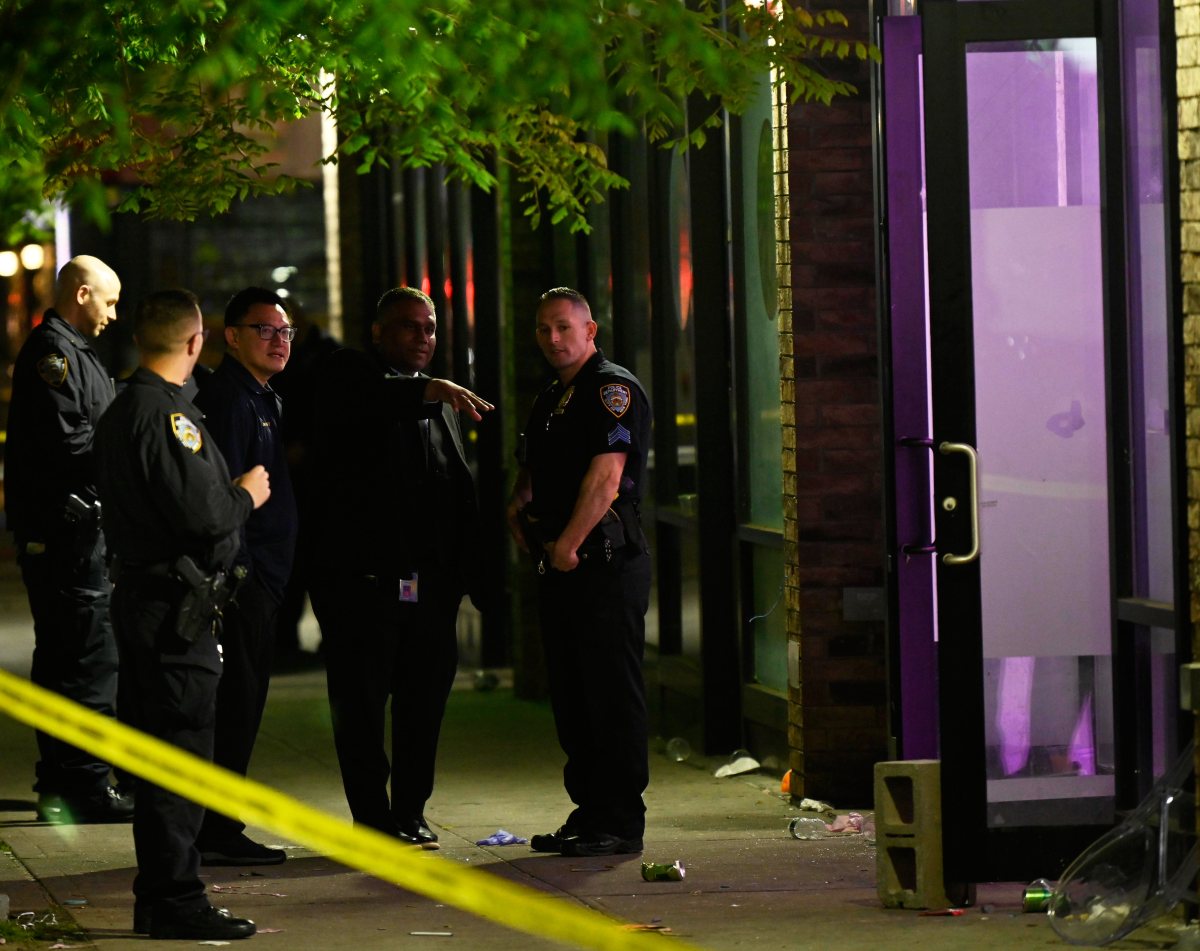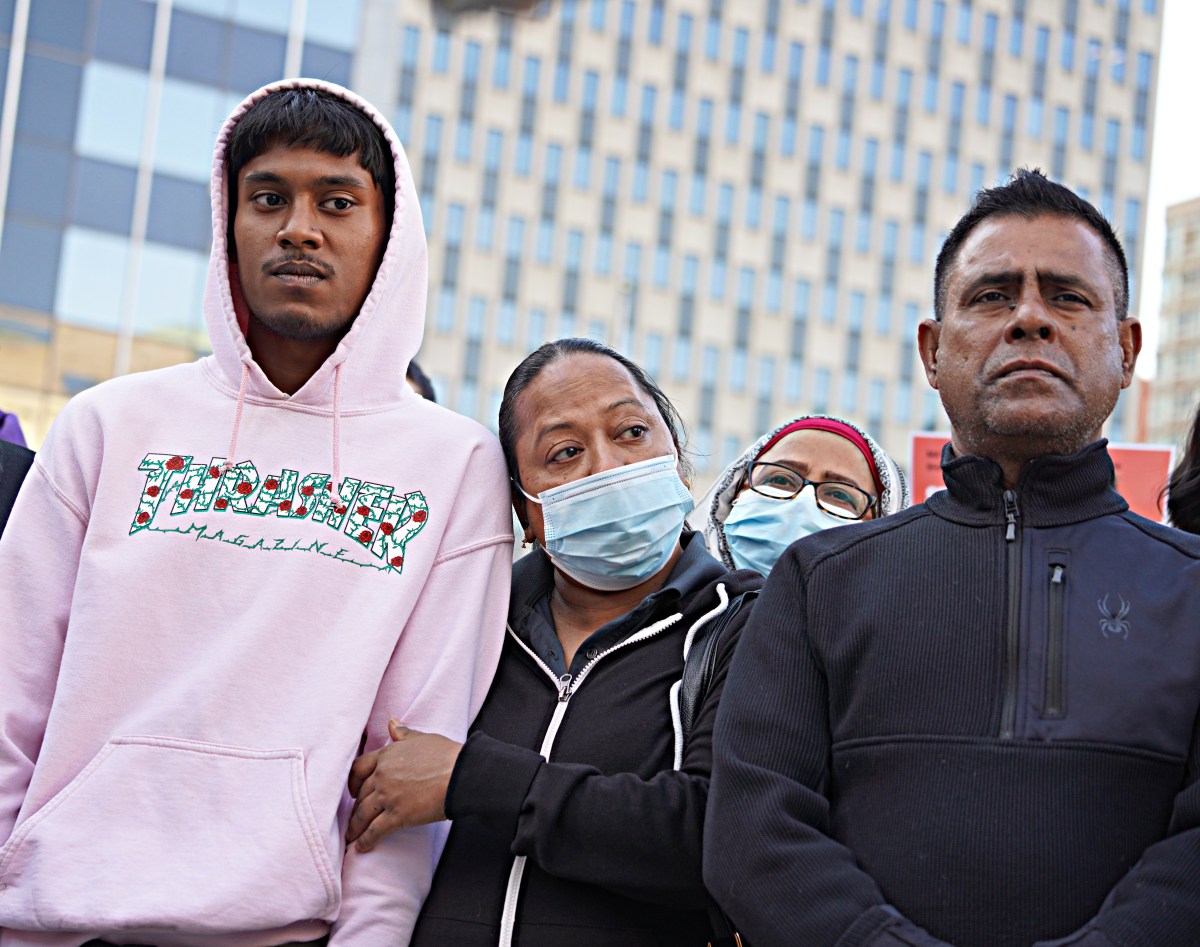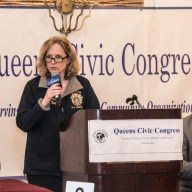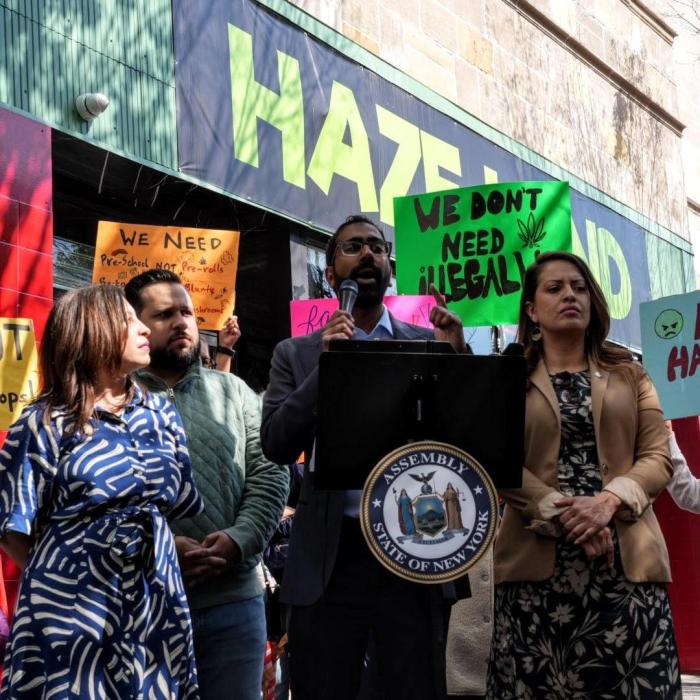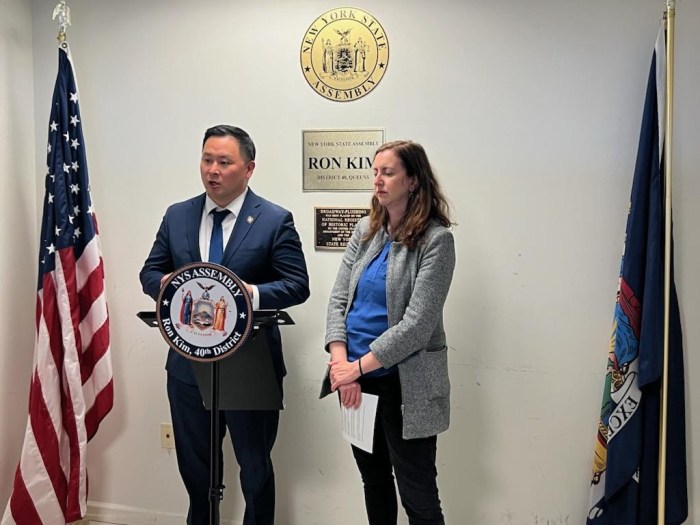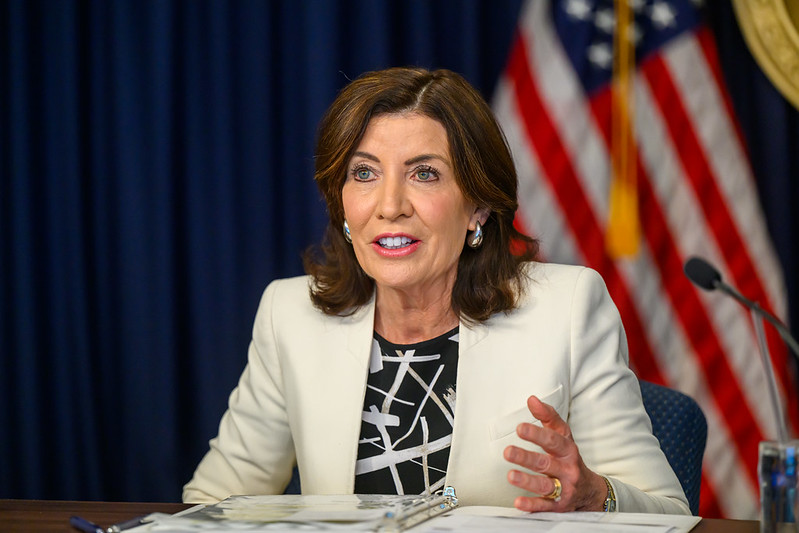Queens is at the center of a sweeping plan to create affordable housing unveiled by Mayor Bill de Blasio in his State of the City speech on Tuesday, including a push to create more than 11,000 new homes above the Sunnyside Rail Yard — a project as large as Manhattan’s Stuyvesant Town.
In his second State of the City address, de Blasio reviewed his top accomplishments, including creating full-day pre-kindergarten, doubling the enrollment in after-school programs, and enacting living wage and paid sick leave. There was also a 75-percent reduction in the use of stop-and-frisk by the NYPD.
Looking forward, de Blasio focused on the issue of housing that remains one of the major obstacles to what he described as opportunity inequality.
The mayor, who called the effort to create affordable housing a “profound challenge,” turned repeatedly to Queens as a large part of the answer. He pledged to write new rules, “ones that mandate affordable housing as a condition for development.”
Two of six neighborhoods in the city he has slated for mandatory affordable housing requirements are Long Island City and western Flushing. Each of the four other boroughs will have one such zone. The city will begin work on rezoning these neighborhoods this spring.
“In every major rezoning development, we will require developers to include affordable housing. Not as an option. As a precondition,” he said, citing another Queens project as an example of how the mandate works.
“Want to see this approach in action? Look at Astoria Cove in Queens. As a result of this administration’s framework — and the City Council’s tough negotiations — 465 units of affordable housing will be created at this site alone,” de Blasio said.
“That’s 465 families who no longer have to choose between living in the city they call home, or finding another city they can afford. It means that hundreds of kids will live and learn and grow in our city.”
But de Blasio said his “game changer” for new affordable housing would take place at the Amtrak-owned rail yard in Sunnyside, where he is proposing building above the tracks to make use of the massive swath of land while allowing rail operations to continue.
“Right now, there are 200 acres of land in the heart of Queens, land that exists in the form of a rail yard — and only a rail yard. But the fact is, those tracks could easily exist underground — allowing us to build housing — much of it affordable — above them.
“At Sunnyside Yards, we envision a plan that incorporates what diverse and dynamic neighborhoods need — access to transportation, parks, schools, retail stores and job opportunities,” he said.
The mayor compared the potential at Sunnyside to other affordable housing built in the past, including Manhattan’s Stuyvesant Town, which has 11,250 apartments. He said Sunnyside should include the same amount of affordable units as the Manhattan complex.
However, according to Patrick O’Brien, chair of Community Board 2, although the goal is admirable, the plan raises some concern because of the lack of infrastructure to support an incoming population. He added the surrounding area would need updates in transportation options, medical services, such as hospitals, and schools.
“Long Island City and western Queens is so densely populated and we’ve gone through and are in the midst of a huge population increase,” O’Brien said. “To have an enormous additional increase on top of a previous increase, that really doesn’t have the full infrastructure support that it needs, is really a matter of concern.”
While de Blasio said he wants to build 80,000 units of affordable housing over the next decade, he insisted that it would not be to the exclusion of market-rate housing. He projects the construction of 160,000 new market-rate units over the same period.
De Blasio said the growing shortage of affordable housing has occurred over more than a decade of housing construction that focused on luxury or market-rate construction. The result, he said, is that 56 percent of New Yorkers are paying more than 30 percent of their salary for rent, up from 46 percent a decade earlier.
“Part of the problem is that the city has for decades let developers write their own rules when it came to building housing. Sometimes projects included affordable housing…but far too often, they did not,” he said. “As the city expanded, our growth was guided primarily by the developers’ bottom lines.”
The mayor also unveiled a stunning proposal to create a new citywide ferry service reaching far flung neighborhoods, particularly the Rockaways, and for expanded express bus service, including a line along Woodhaven Boulevard.
He said that by 2017, residents of neighborhoods like the Rockaways and Astoria, would be able to take a ferry to Manhattan.
“New ferry rides will be priced the same as a MetroCard fare, so ferries will be as affordable to everyday New Yorkers as our subways and buses,” he said. “[S]o residents of the Rockaways and Red Hook and Soundview will now be closer to the opportunities they need.”
The mayor predicted that the new ferry service would also be an economic boon to neighborhoods, spurring new commercial corridors in the outer boroughs.
“We will also expand Bus Rapid Transit — or BRT — serving 400,000 New Yorkers along key thoroughfares like Utica Avenue in Brooklyn and Woodhaven Boulevard in Queens…completing a network of 20 routes over the next four years,” he said.
The new Bus Rapid Transit lines, he said, would cut transit time on existing routes by 15 to 24 percent. “That means New Yorkers spending less time in transit and more time living their lives.”
The mayor insisted that expanding affordable housing could work, and he cited a similar effort by former Mayor Ed Koch.
“But we know now that Koch’s plan was realistic… in fact, it worked,” said de Blasio. “And it had a transcendent impact on our city.“
Photos from the mayor’s speech and of the officials attending the event (By The Queens Courier Staff):
RECOMMENDED STORIES
- Free legal clinic services to be offered for NYCHA residents
- Pearl Jam’s manager says a Forest Hills Stadium show is unlikely
- Couple creates ‘nerdy’ treats at LIC’s Entrepreneur Space

